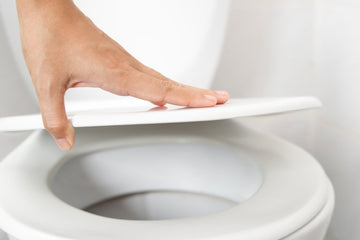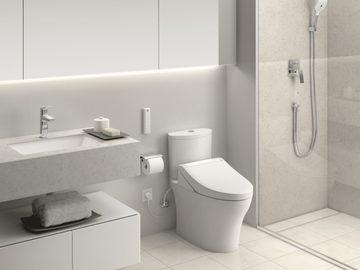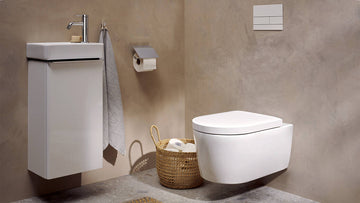In the quest to conserve water and promote environmental sustainability, water-saving toilets have become increasingly popular. These innovative fixtures are designed to use significantly less water than traditional toilets, making them an eco-friendly choice for households and businesses. However, despite their advantages, many users encounter common problems with water-saving toilets that can lead to frustration and additional costs.
Understanding these issues and knowing how to address them can enhance the experience of using a water-saving toilet. In this article, we will explore the most frequent challenges associated with low-flow toilets and provide practical solutions to help you maintain an efficient and functional bathroom fixture.
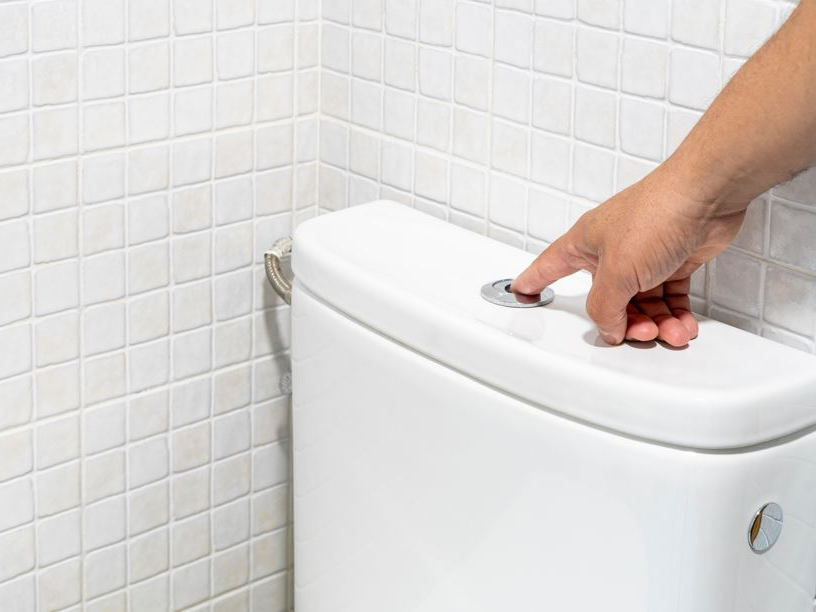
Understanding Water-Saving Toilets
Before diving into the potential issues, it's essential to understand how water-saving toilets differ from traditional ones. These toilets typically use a dual-flush mechanism, allowing users to choose between a low-volume flush for liquid waste and a higher-volume flush for solid waste. This design significantly reduces water usage, making it a popular choice for environmentally conscious individuals.
Despite their benefits, some users face challenges with these toilets. The following sections will discuss the most common problems and offer solutions to ensure your water-saving toilet functions optimally.
Frequent Clogging Issues
One of the most common complaints about water-saving toilets is that they tend to clog more frequently than traditional models. The reduced water flow can sometimes be insufficient to clear waste effectively, leading to blockages. This issue is particularly prevalent in older plumbing systems that may not be well-suited for low-flow toilets.
To prevent clogs, consider using a high-quality toilet paper that dissolves easily. Additionally, regular maintenance and inspection of your plumbing system can help identify potential problems before they escalate. For more tips on maintaining your toilet, you can visit our cleaning guide.
Inefficient Flushing Performance
Another common issue with water-saving toilets is their flushing performance. Users often report that these toilets require multiple flushes to clear waste completely, negating the water-saving benefits. To address this problem, ensure that the toilet is installed correctly and check that the water level in the tank is set appropriately.
In some cases, upgrading to a more advanced model with a powerful flush system can resolve this issue. You can learn more about testing your toilet's efficiency by visiting our testing guide.
Maintenance and Repairs
Water-saving toilets often require more frequent maintenance and repairs than their traditional counterparts. The dual-flush mechanism can be more complex, leading to issues such as leaks or malfunctioning components. Regularly inspecting the toilet's components and addressing any problems promptly can prevent costly repairs down the line.
For a comprehensive guide on maintaining your plumbing system, consider reading our plumbing leak monitor article.
Cost Considerations
While water-saving toilets can reduce water bills over time, the initial cost of purchasing and installing these fixtures can be higher than traditional models. Additionally, the potential for increased maintenance and repair costs should be factored into the decision-making process.
To make an informed choice, weigh the long-term savings against the upfront investment. For insights into reducing water waste and achieving cost savings, you can explore our water reduction strategies.
External Resources for Water Conservation
For those interested in further enhancing their water-saving efforts, numerous resources are available online. For example, the Woodlands Water Agency offers valuable tips on residential water conservation, while This Old House provides insights into selecting and maintaining low-flow toilets.
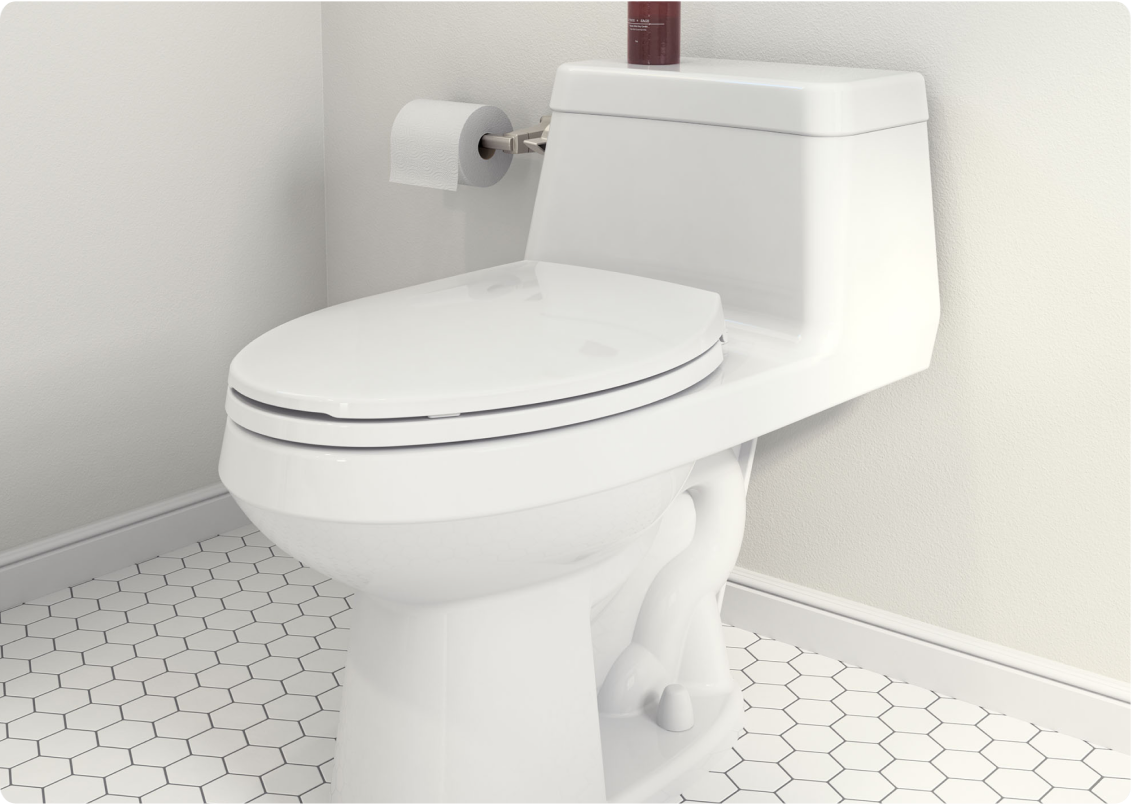
FAQ Section
Why does my water-saving toilet frequently clog?
Frequent clogs can result from insufficient water flow to clear waste effectively. Consider using easily dissolvable toilet paper and regularly inspect your plumbing system for any issues.
How can I improve my water-saving toilet's flushing performance?
Ensure the toilet is installed correctly and the water level in the tank is set appropriately. Upgrading to a more advanced model with a powerful flush system may also help.
Are water-saving toilets worth the initial investment?
While the initial cost may be higher, the long-term savings on water bills can offset this expense. Consider the potential savings and environmental benefits when making your decision.

